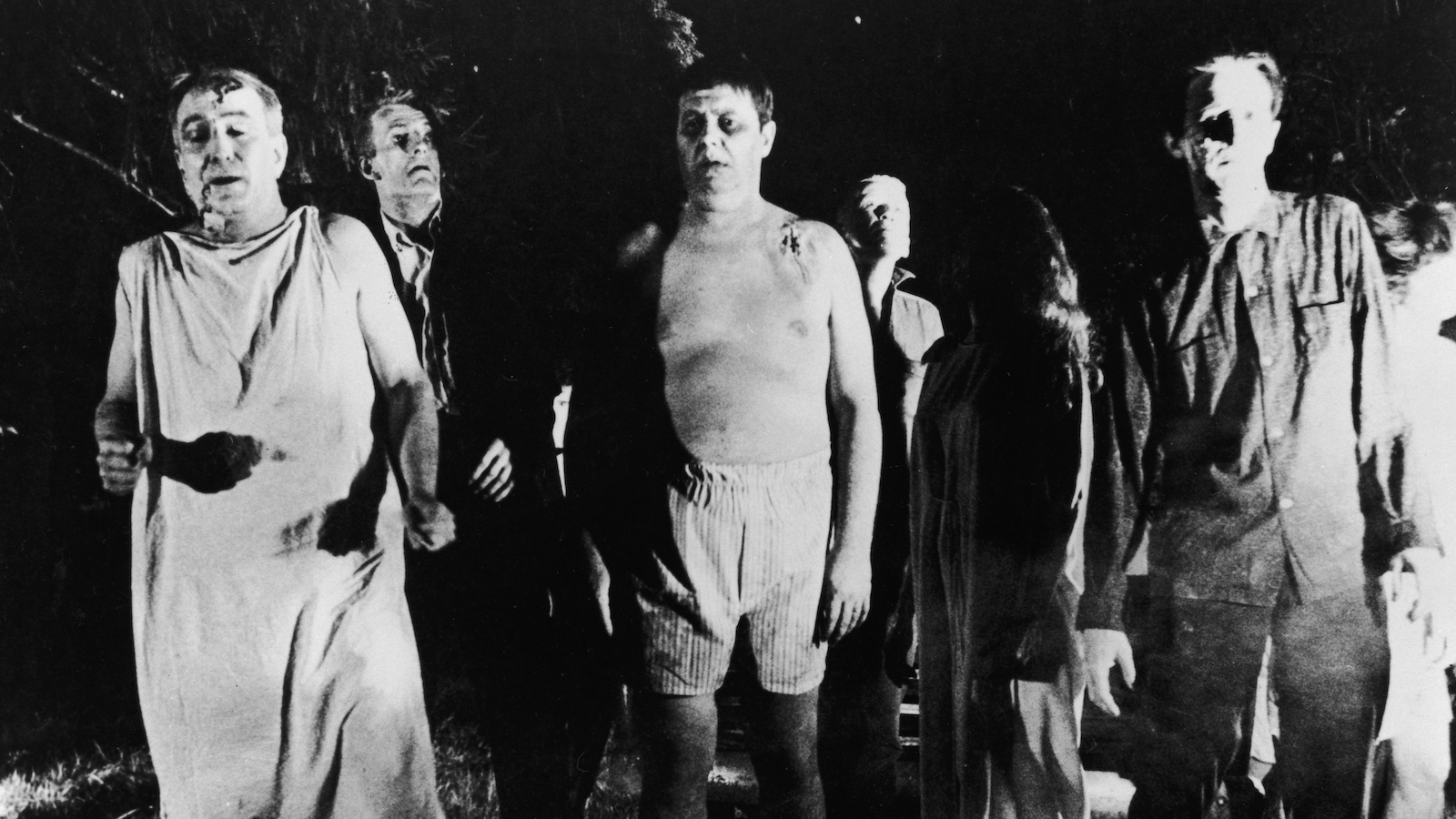
The Real Zombie Apocalypse Is Here
When the great zombie epidemic finally came, people were confused. Many even failed to recognize it after it engulfed the planet. It was a long time coming to even accept that it happened, even when it was right outside the door.
It didn’t look like the popular depictions brought to man’s imagination by George Romero, or Max Brooks. No doubt, several aspects of those predictions were alarmingly prescient. But people were expecting fiery scenes, flesh-eating gore fests, or massive hordes moving through entire cities and leaving nothing but the buildings behind.
It wasn’t like that. But it was a virus.
Future historians, like we, the living, will bicker about the causes until the Earth is hurtled into the sun—just as they did while it was happening.
Some blamed health care systems, and greed, and capitalism.
Some blamed the media.
Some blamed backward cultural practices that allowed—allegedly—unsanitary conditions in which the virus was able to be born and spread.
Some blamed governments and their obsession with weapons, suspecting that the virus was no accident.
Some blamed the politicians for not being prepared enough. But they were wrong—many, if not most politicians, were fully prepared. They acted immediately. But they are politicians; they didn’t act to end the pandemic, as the poor world population naively believed they would.
They did what politicians always do: they used the zombie apocalypse for their own ends.
Mostly, people blamed each other.
What isn’t, and won’t be in dispute, are the peculiar effects of the virus.
Like the popular depictions, it didn’t affect animals, or only very rarely. It attacked almost exclusively humanity. Infected individuals reacted to the virus’ attack on the brain in remarkably uniform ways.
Never before seen in nature, the virus affected individuals based on class.
In the upper class, there were no physical or psychological effects. In the lower classes—the hoi polloi—the virus completely deactivated the left hemisphere of the brain, and inflamed the medulla oblongata.
The virus, unlike in the popular depictions, was rarely fatal. Less than 1% of the population died from the infection.
If we think back to popular depictions of what a zombie apocalypse would look like, we look of course to Romero’s works, which were clever works of social commentary. Often, it was the uninfected who behaved as though they had the left hemispheres of their brains—that responsible for logic and complex thoughts—shut down, just as much as the undead cadavers that were wreaking havoc.
The irrational behavior of the uninfected, often attacking each other despite being surrounded by millions of flesh-eating ghouls, marked the particular social commentary Romero wanted to explore.
And so it happened here, with a twist. The infected were no longer capable of even the most basic logic. Basic arithmetic became impossible, even for otherwise intelligent individuals. Many evinced Pavlovian responses to carefully crafted signals from the upper classes and politicians who remained unaffected.
The effect on the medulla oblongata, though less devastating in the bigger picture as the global loss of basic logic functions of the masses, caused a host of problems.
It is still unknown if the inflammation of the medulla caused random outbursts of undirected anger and rage, or if it was perhaps as a secondary side effect of the damage to the left hemisphere, a sort of frustration response of being incapable of understanding the world around them.
The infected displayed rage responses that were often wholly inappropriate to any particular situation. Patients abandoned friends and even primary family members. Children disowned parents. Normally passive, coherent, restrained individuals would frequently express the desire to see misfortune befall others. Shockingly, many even expressed death wishes or the desire to kill others, without provocation. They would fall into incoherent, illiterate manias that rendered them unable to participate in the civil society.
Invalid fears permeated their thoughts and controlled their existence.
Such a situation lent itself to exploitation from the uninfected upper classes—the movers of society. Unprecedented social controls were imposed, the largest corporations consolidated power, the standard of living for the masses plummeted.
As should be expected, a portion of the underclass was immune to the virus. Official sources of information became immediately suspect; we now think anywhere from 5-15% of the underclass remained immune.
Those lucky enough to be immune from the virus itself did, however, have to contend with the zombies and the challenges of the new society that was created by the likewise immune upper class.
As we are still in the grip of the zombie apocalypse, future historians will have to record whether or not a cure was ever discovered. This contemporary account is merely for the record and posterity.
Free the People publishes opinion-based articles from contributing writers. The opinions and ideas expressed do not always reflect the opinions and ideas that Free the People endorses. We believe in free speech, and in providing a platform for open dialogue. Feel free to leave a comment.



